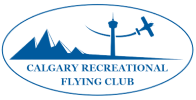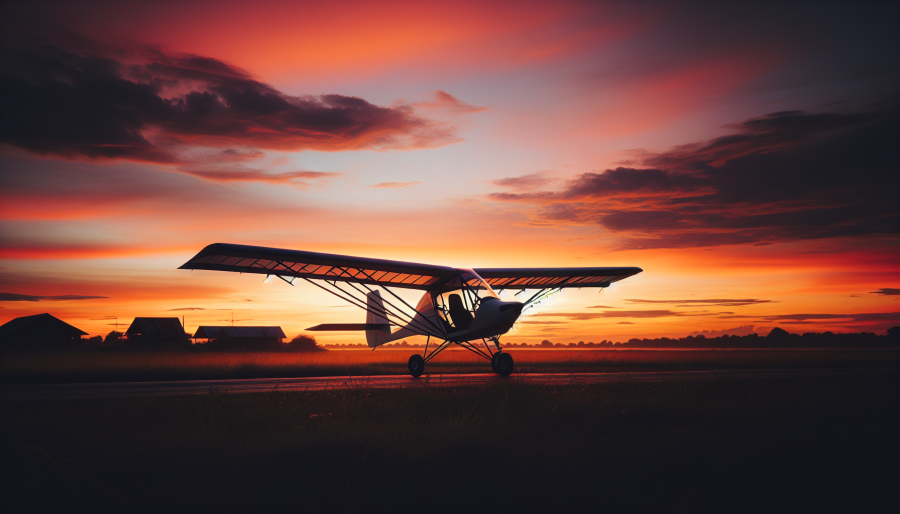No doubt about it, an airplane is a ticket to adventure, and an ultralight airplane is the ‘E’ ticket. Ultralights are airplanes that you fly, not just drive around the sky like two-winged family sedans on automatic pilot. If you’re interested in growing some honest-to-God stick & rudder skill, step right up.
Ultralights have evolved into proper airplanes every bit as tough and reliable as a Chief or a Cub. Fact is, most of them are built identically to those types, matching and often exceeding their performance. Best part is, they can be had and operated for a fraction of a conventional plane’s cost.
There’s no question ultralights have their limits, just like any aircraft. Most cruise between 60 and 90 miles an hour, so a weekend trip to the coast and back isn‘t very likely. But a smooth evening flight to your buddy’s strip certainly is. Or maybe it‘ll be an airborne exploration flight with other planes on a Saturday morning. No, they’re not the fastest machines in the sky, just the most fun.
I’m on my fourth airplane, and all of them have been ultralights. There’s no way I’d miss this.
My first plane, bought in 1991, was a Spectrum Beaver, the single-seat model with 40 horsepower. It was a true stick & rudder plane with an open cockpit and only a tach and airspeed indicator for instruments. It maneuvered beautifully and quickly, responding to my every command. I had more fun and adventure in the 130 hours that I flew that plane than I’d had in my whole life.
In the summer of 1991 several CUFC members flew to Red Deer for their annual airshow. We got to mix with all the airshow performers, look at their planes up close and show off ours. Best of all, we got to perform each morning in the show, giving a formation display the crowd really enjoyed. Major fun.
The next summer three of us flew our ultralights through the Rockies from Calgary to Radium, B.C. and back. Along the way we chatted by radio with each other and an airline crew, and nearly got run over by a C-130 Hercules on a mountain flying exercise. And the beauty we saw! If you think looking out from a mountain is spectacular, you’re going to love what you see from an airplane.
For a while, I thought I couldn’t have more fun in an airplane than I did in that one. But its open cockpit was starting to be a bother in winter, even on warmer winter days. I eventually sold the Beeve to a farmer near Trochu. To tell you the truth, sometimes I still miss it.
My next aviation adventure came in building an airplane. I built it in my basement, one component at a time, from a pile of lumber, some metal parts, and a good set of plans. I’d never built anything before, so this was really a challenge. But the job was much easier than I expected. It only cost me about 9 grand and 16 months to get it into the air. Building and flying the Himax ranks as one of the most rewarding things I’ve ever done, or ever will do. The feeling of building and actually flying your own airplane is indescribable.
My Himax was a magnificent creature, having all the Beaver’s fine virtues with a closed cockpit. It was my first tail-dragger, resembling a Cessna Bird Dog that shrunk in the wash. The Himax cruised a little faster than the Beeve, at about 70 mph. Not as fast as a Cessna 172, but quicker than Grandpa Pokey-Pants in a beat up Buick. And loads more fun than the Buick, too.
The Himax and I really got around. I flew it all over southern Alberta to farm strips and controlled airports, alike. In 1999, me and several other CUFC members flew around north central Alberta on a trip that lasted 4 days and included a stop at a CF-18 fighter squadron in Cold Lake. The next summer a group of four of us went back to the Rockies, this time to Castlegar in south central B.C. That was an absolutely unforgettable adventure.
For a while, I thought I couldn’t have more fun in an airplane than I did in that one. But after about 7 years and 300 hours I started to get a bit bored with the Himax and began looking for something a bit different. I latched onto a sweet looking little plane out of Edmonton called the Avenger, another wooden tail-dragger, but with a low wing.
The Avenger didn’t really work for me. As you know, there are some people we just don’t get along with. There’s not necessarily anything wrong with them, but they somehow irritate us and just don’t quite click. That’s how the Avenger was for me. I’m a fairly big guy, and the Avenger just didn’t fit me well. I thought I’d enjoy the low wing, but it turns out I didn’t. The plane flew well, but just never felt quite right for me.
I eventually sold it to another club member who fell in love with it. I was pleased that he did.
Now, I’ve got the Giant. The Green Giant, that is. It’s a big old Sylvaire Bushmaster painted camo green. I love it!
It’s got two seats so I can take another pilot along, a tail-wheel, and a 65 hp liquid-cooled Rotax engine with dual electronic ignition. Very cool. It‘s also got a big wing that gets me in and out of just about any place I want to go. The Giant actually started out as the factory demonstrator built in 1985. So, since ultralights have only been around since the early 80’s, the Giant might just qualify as an antique.
I’ve been flying the Giant for nearly two years now and the adventure with it started on the first flight home from Edmonton. I dodged thunderstorms, battled unexpected 25 knot winds, and fought with abnormal fuel consumption and faulty carburetors. But the Giant got me home.
I remember the time in February ‘02 when a group of us landed to see another guy’s ultralight at an 800’ long strip high in the Porcupine Hills south of Calgary. It took two tries to takeoff again in the snow there, which was as deep as my wheel axles. But the Giant got us out with just enough room to spare.
The Giant has proven to be a great cross-country airplane, too. In the spring of last year Glen Bishell and I escorted Bob Kirkby and his Renegade biplane to its new owner in Cold Lake. Due to weather considerations we had to stay low the whole way, which made map reading and navigating really tough. Flying up and back, we covered more than 700 miles at about 700 feet. Major adventure, there.
And last summer the CUFC and a few other ultralight guys traveled to Dawson Creek, Slave Lake and back just for the hell of it. We had 15 planes along, and the Giant performed wonderfully. Sometimes, I think I could never have more fun in an airplane than I’m having in this one. But we know where that can lead.
I like to look back through my log books every now and again just to remind myself of all the pure stick & rudder joy I’ve discovered in these airplanes. I remember the gentle evenings drinking in the smell of a wheat field from 10 feet up, or the satisfying kiss of a perfect 3-point landing. I’ll recall the lost memory of a short field approach into an uphill strip only a few hundred feet long, and perfect formation maneuvers with my wingmen.
Then I’ll stare longingly at the Giant, wondering when we can fly again, wondering when I can next use my ticket to adventure.


